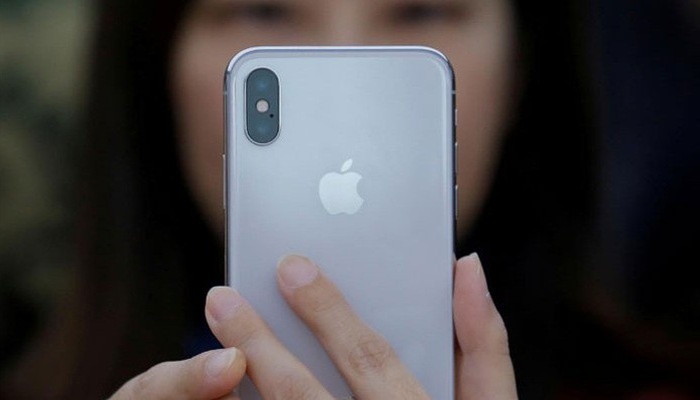
Apple has developed two robots that take apart old iPhones so that as many materials as possible can be reused. They are called Daisy, and how does it work?
Baf! With a hard blow, the robot arm hits an iPhone 6 against a metal plate. The force and precision with which that happens are enough to make the battery fall out. Moments earlier, a tube still blew cold air into the phone’s casing, releasing the adhesive strip that usually holds the battery in place.
At the invitation of Apple, several journalists are allowed to look at the Dutch factory where a unique robot called Daisy disassembles discarded iPhones so that the materials from parts can be reused. There are only two Daisy’s worldwide: one in Texas and the other in the Netherlands, on an industrial estate in Breda. It is such a windy area with anonymous blocks of blocks, long fences and lorries moving back and forth.
Nothing indicates that Apple has an advanced industrial robot here that disassembles old iPhones, which are also no longer suitable for a new life as second-hand copies, from all over Europe, part by part. No Apple logo on the grey building, not even on the nameplate at the barrier. Apple is clearly not waiting for snoopers.
Daisy sounds a lot more human than she is in practice: several glass compartments with a total length of ten meters in which five robot arms are located. Daisy can recognize and carefully disassemble 23 types of iPhones (from the iPhone 5). Unfortunately, the last iPhone 13 is not yet included, but that too will one day disappear into the clutches of Daisy (or one of her successors).
Next to Daisy are blue crates chock full of discarded iPhones, ready to be brought in on a conveyor belt. This time it’s almost all iPhone 6 copies, in different colours and some with the stickers of the once-proud owners still on them.
In the first compartment, Daisy removes the screen; in the next, the battery. Then it’s the turn of all the screws. They take too long to unscrew, so Daisy just punches them out. Then it is time to separate all individual parts from each other: such as camera, loudspeaker, printed circuit board, aluminium back. Even the Apple logo on the back is separated as it is made of a different material. Because Daisy recognizes the models of the iPhone models, she can also distinguish between the backs. One is made of a different aluminium alloy than the other.
This whole process—which involves a dismantled iPhone every 18 seconds, a 2014 Daisy predecessor took another 12 minutes—allows Apple to extract the various elements from the iPhones much more accurately than traditional methods would. First, electronics are crushed by shredders, after which magnetic tapes are later used to remove the individual metals.
Daisy is designed for fourteen elements, including aluminium, gold, cobalt, tin and tungsten. According to Apple, the benefits are clear: One ton of specific iPhone parts (such as the camera module) contains as much gold and copper as 720 tons of raw material from copper and gold mines. But, unfortunately, those mines are a disaster for the environment, and the working conditions are appalling. Something that Apple has also received a lot of criticism for, for example, in Brian Merchant’s book The Almighty Device.
Apple is already using 100 percent recycled aluminium for various new devices (such as the MacBook Pro, iPad and Apple Watch). Another example is the use of heavy metal tungsten in the vibration motor in telephones, laptops and watches. This motor provides the vibration for certain actions, such as long touching an app on the screen. For example, the vibration motor of the iPhone 13 and the latest Apple Watch contains 100 percent recycled tungsten.
Ultimately, the manufacturer wants to make all its gadgets from completely recycled and renewable materials, Apple announced in 2017, but it is not there yet. Daisy is theoretically capable of dismantling 1.2 million iPhones a year.
